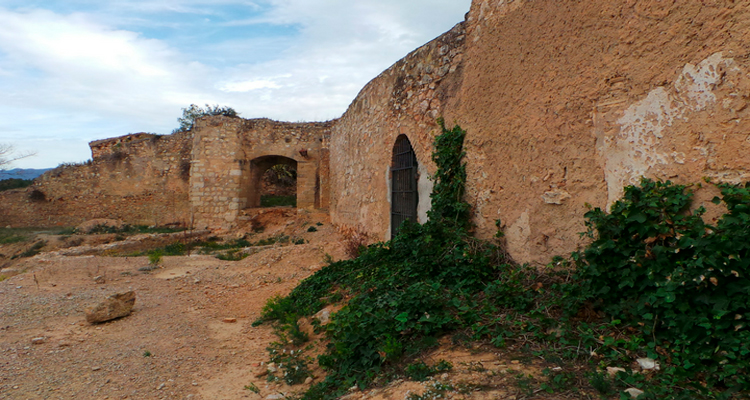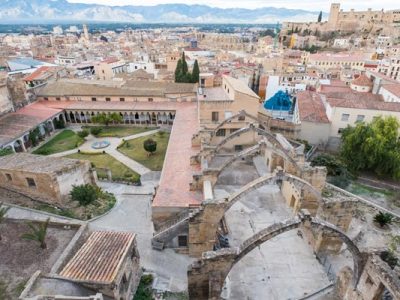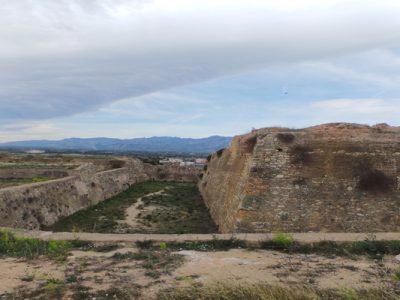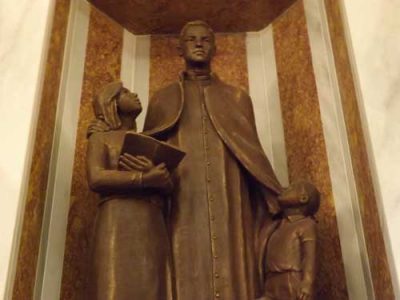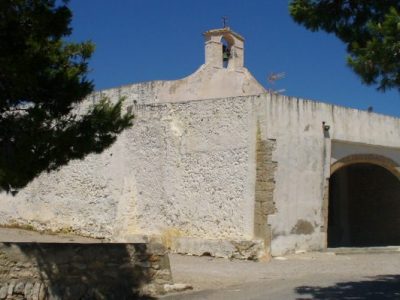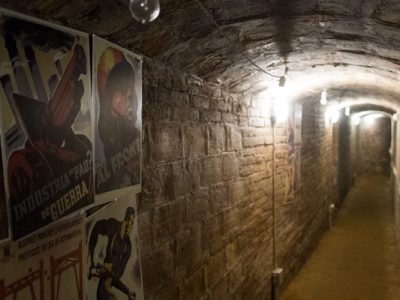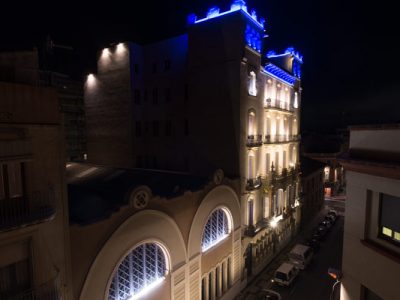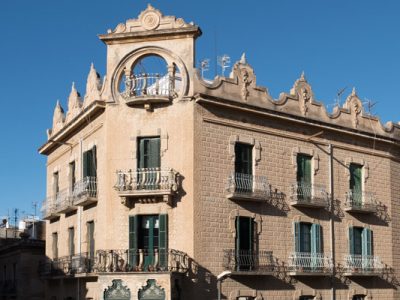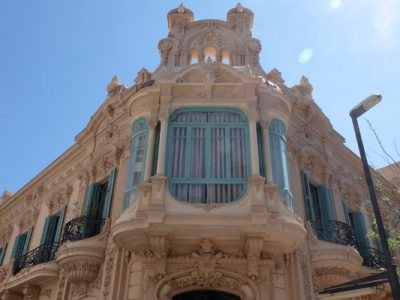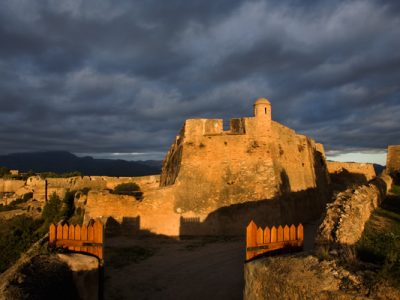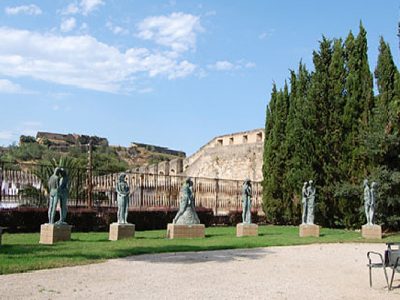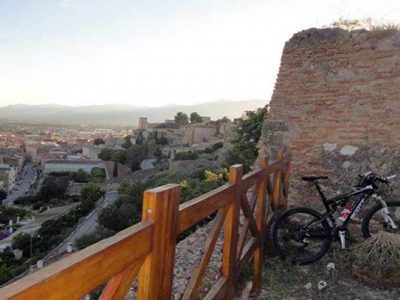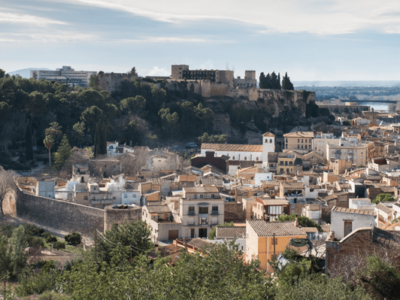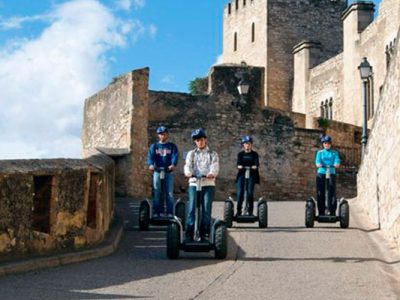Description
The fortifications of the el Sitjar, together with the advanced fortifications of Sant Joan, make up the defensive set designed in the second half of the seventeenth century to protect the western flank of the city. Tortosa has been a key piece in all the conflicts of the modern period (War of Els Segadors, of Spanish Succession, of the French) and his control was indispensable to emerge victorious of the armed conflicts. Thus, securing a good defence was fundamental.
Prior to upgrades from the modern period, this fortified sector had been laid out for the 14TH century walls. The Portal de Tarragona, which allowed access to the fortified area of el Sitjar Hill, was also built in the Middle Ages and is still preserved nowadays. Its use was unaltered by demolition walls of the late nineteenth century. The Torre del Miracle is also distinguished by its side.
The rest of the medieval wall was subjected to an improvement programme to adapt to new military needs, following the so-called Vauban method. These modifications consisted of constructing angular bastions, transforming the medieval towers into polygonal bulwarks prepared for the new fire artillery. Thus, all the flanks of the wall could be covered with these bulwarks.
The Sitjar area was distributed as follows and today can be visited. The Victory bulwark is located further north, and close to the fortification of Sant Joan, where Portal de Tarragona can be found. The ensemble is completed by the Saint Crist and de les Creus bulwarks, respectively. These strongholds defended one of the most exposed areas during all wars of the eighteenth century. The Ebro was easier to defend, so most of the armies saw this area as the point where to focus their offensive efforts.
